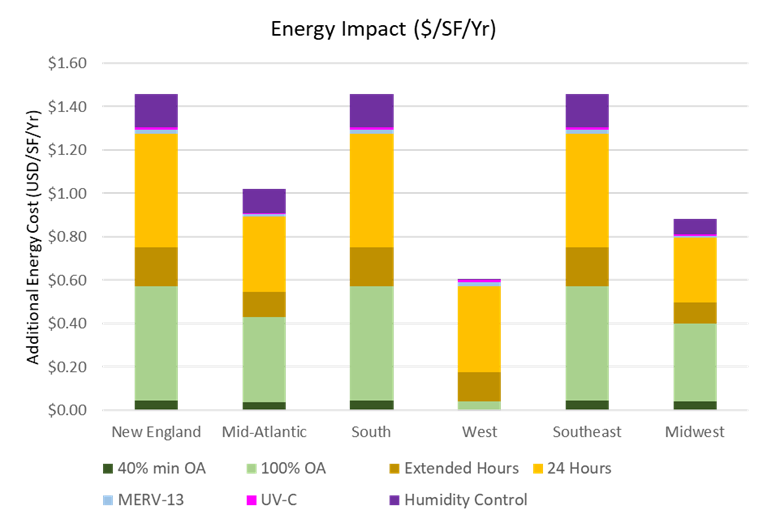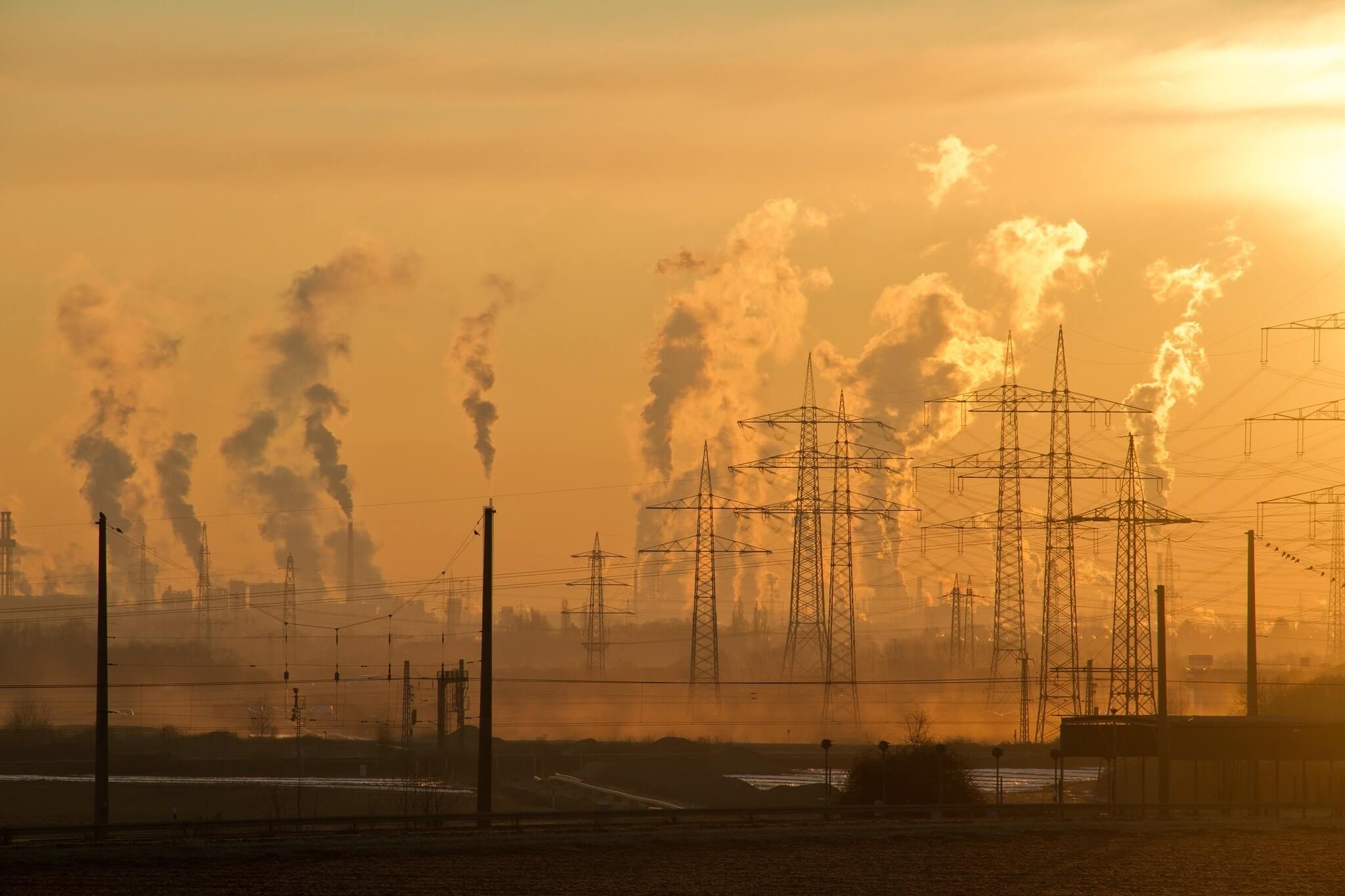Cimetrics is honored to have been selected as a finalist for the New England Clean Energy Council’s (NECEC) Greenhouse Gas Reduction & Public Health Mitigation Award. This award is part of NECEC’s Clean Energy Back to Work initiative recognizing the best clean energy business practices and approaches to economic recovery amid the COVID-19 pandemic.
From greenhouse gas reduction to ensuring safe and healthy workspaces, Cimetrics is steadfast in our dedication to mitigating the environmental and economic impact of the COVID-19 crisis. Cimetrics’ swift response to adopting new public health and safety measures that align with ASHRAE and CDC guidelines has afforded clients improved energy-efficient practices, significant energy avoidance opportunities, and an easy pathway to recovering COVID-19 costs through utility incentive programs.
Below are a few of the measures Cimetrics has implemented since the onset of the pandemic to safely navigate our current reality and return to business as usual.
Augmented Analytics & Intensified Monitoring
New norms in facility operation have taken hold during the lockdown and reopening such as modified operating hours, reduced occupancy, and intensified HVAC transmission mitigation efforts. In response, Cimetrics augmented its hardware and software monitoring-based commissioning platform, Analytika, to ensure ongoing equipment efficiency and reliability while providing safer work environments for building occupants.
New and modified algorithms in Analytika’s automatic fault detection and diagnostics (AFDD) system detect equipment operation that does not conform to current best practices. For example, the Analytika system will automatically detect outside airflow that does not meet minimum requirements or AHUs that are not running on an extended schedule as intended. In one instructional building of a large Southeastern university, multiple AHUs were discovered to have insufficient outside air based on measured airflow.
Analytika can be used to optimize deployment of equipment setbacks and calculate the energy savings from reduced equipment operation and occupancy. A 380,000 square foot government lab building realized more than $37,000 in energy savings over their two-month shutdown. Their energy and utility officers used this information to adjust future energy projections and quantify the efforts of the facilities team.
Analytika continues to monitor space conditions such as humidity, which is believed to affect coronavirus transmission, and CO2 concentration, which is used as a proxy for contaminant concentration until the sensing technology to detect coronavirus particles is commercially available. Any anomalies in space conditions or equipment operation are immediately and automatically reported to the building operators, and resources can be efficiently deployed to address the issues quickly and safely.
The Cost of Risk Mitigation
Cimetrics published the “Cimetrics Guidelines for COVID-19 Response” to quantify the energy impact of each risk mitigation measure recommended by ASHRAE and CDC. The Cimetrics guidelines empower our clients to make operational decisions with a full understanding of the impact those decisions will have on their environmental goals. The energy efficiency opportunities identified through Analytika can help offset the impact of energy-intensive COVID-19 mitigation strategies.
One of the ASHRAE-recommended methods to help minimize the risk of infection is maximizing air exchange rates. Cimetrics calculated the projected annual cost for a Boston-based 550,000 square foot research school to modify equipment sequences to run the return air systems with the outside air dampers 100% open for one year at an estimated annual energy cost of $205,000.
At a 6.6 million square foot multi-campus health care organization, Cimetrics calculated the total excess COVID-19-related energy cost over three months to be $29,500. Costs were associated with increased outside airflow, increased supply airflow, and HEPA filter replacements.
The figure below compares the annual energy and cost impact of implementing risk mitigation measures.

Energy impact was calculated using TMY3 data for representative cities in each region and assumes standard operating conditions. The impact of each recommendation is calculated in isolation and does not factor in the cost of other measures such as eliminating heat recovery or disabling DCV. Installation and maintenance costs are not included, nor are any potential upgrades required to accommodate increased airflow & cooling/heating demand.
Analytika’s energy avoidance calculations help clients justify the implementation of new energy savings strategies.
|
Energy Avoidance Measures Identified Through Analytika |
|
Total annual energy avoidance opportunities identified during the pandemic period to date:
|
Total annual energy avoidance achieved during the pandemic period to date:
|
Beyond Analytics
COVID-19 risk mitigation is a costly process, and not one that has a finite end. Cimetrics goes a step beyond to help clients participate in municipal and state utility incentive programs that can help recover the costs of our Analytika services as well as the equipment improvements we recommend. The application and filing process is managed by Cimetrics, and we further advocate for our clients by identifying and applying for incentives that extend beyond our services.
Using the health care organization example above, criteria such as excess energy calculations were used as part of an application for reimbursement available to health care providers for healthcare-related expenses or lost revenues attributable to coronavirus.
Read more about available utility incentive programs in the Mid-Atlantic.
Read more about the Mass Save incentive program in Massachusetts.
Furthermore, Cimetrics recognizes that frontline communities and other marginalized groups are most affected by climate change and the pollution and natural disasters that come with it, as well as by unhealthy indoor spaces. Cimetrics’ carbon reduction efforts in the C&I sector aim to reduce its carbon footprint as a means of minimizing climate change and creating healthier buildings.


Leave a Reply